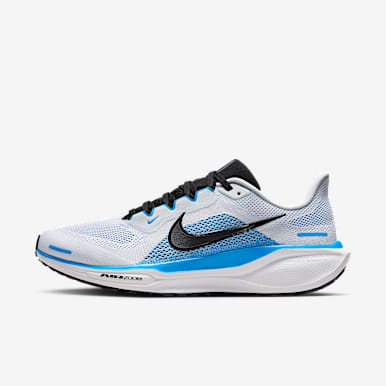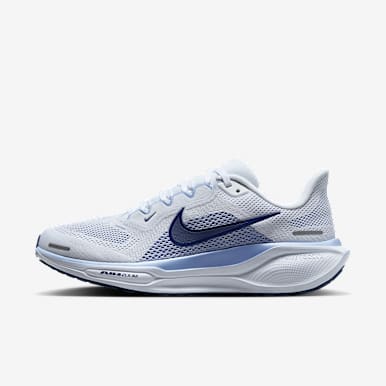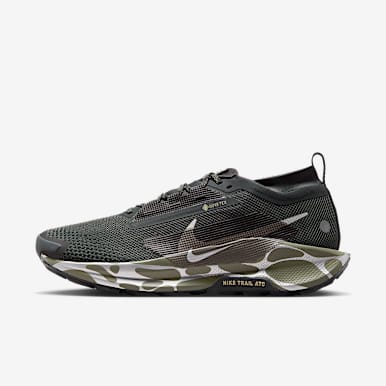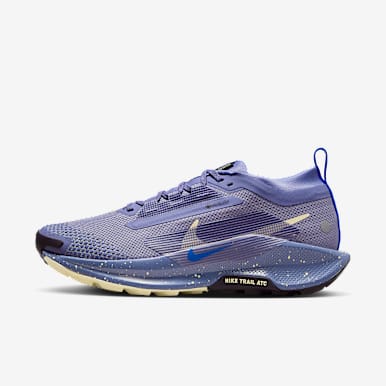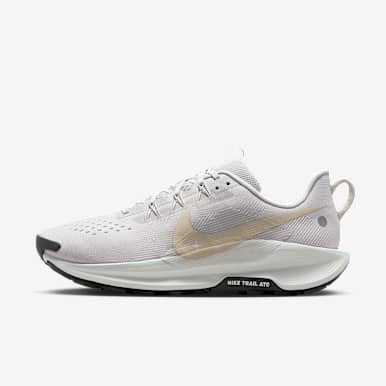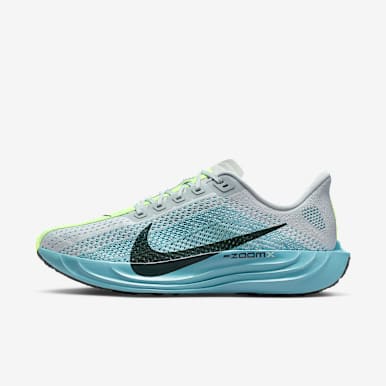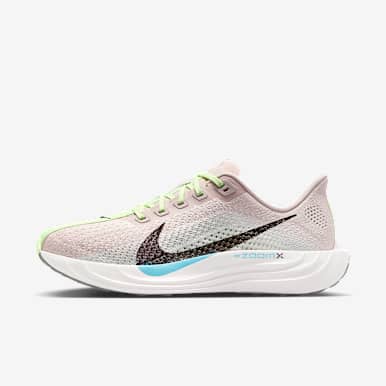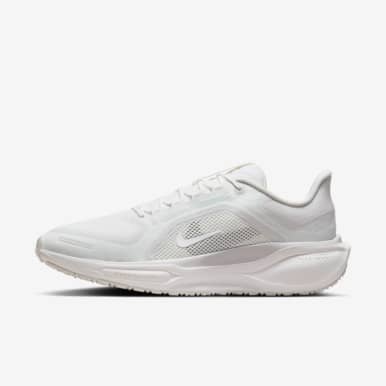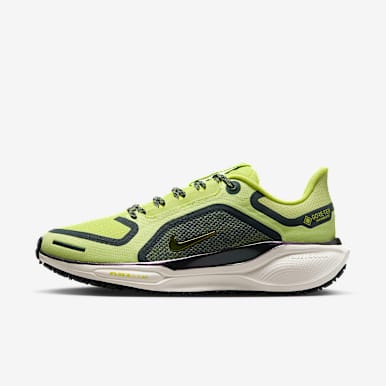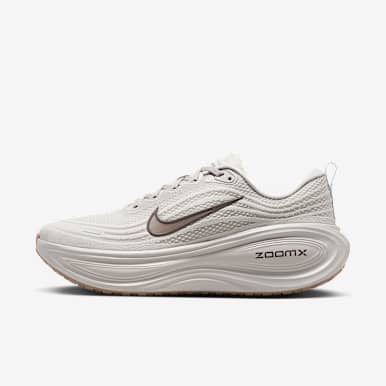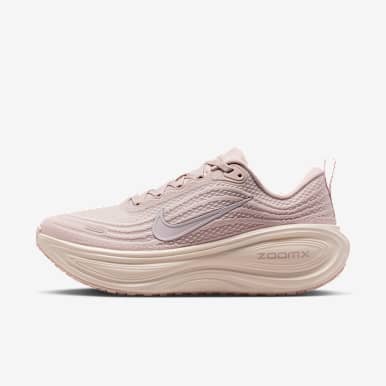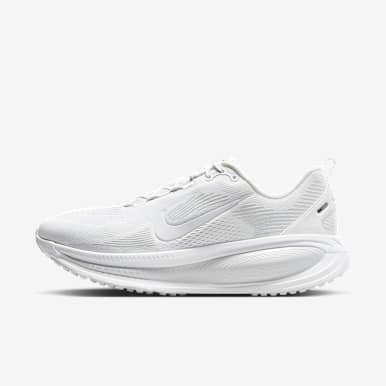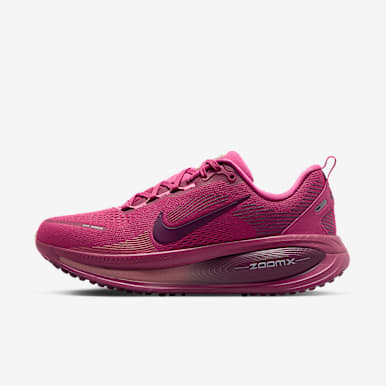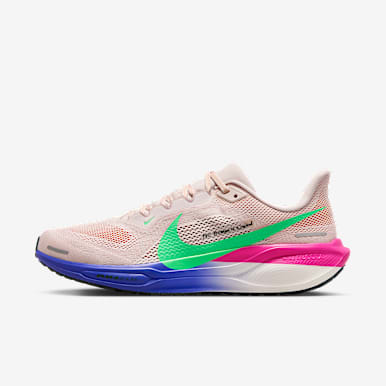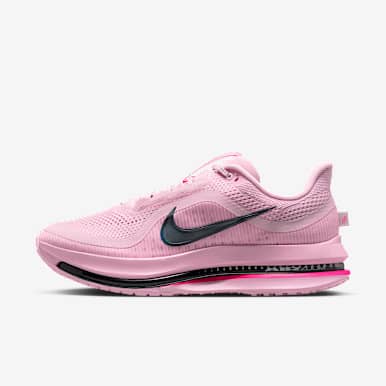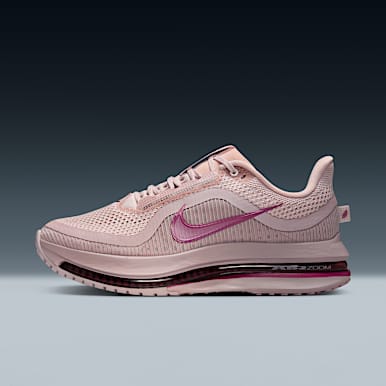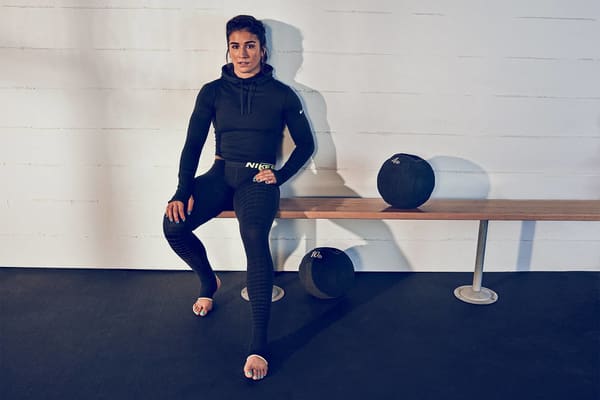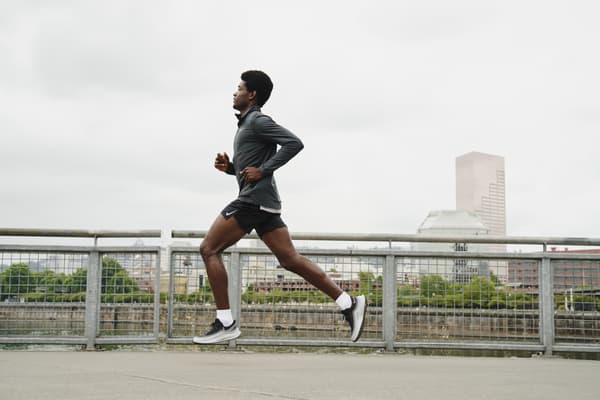How to Start Running After 40
Health & Wellness
Start a running program at any age to boost health and wellness.
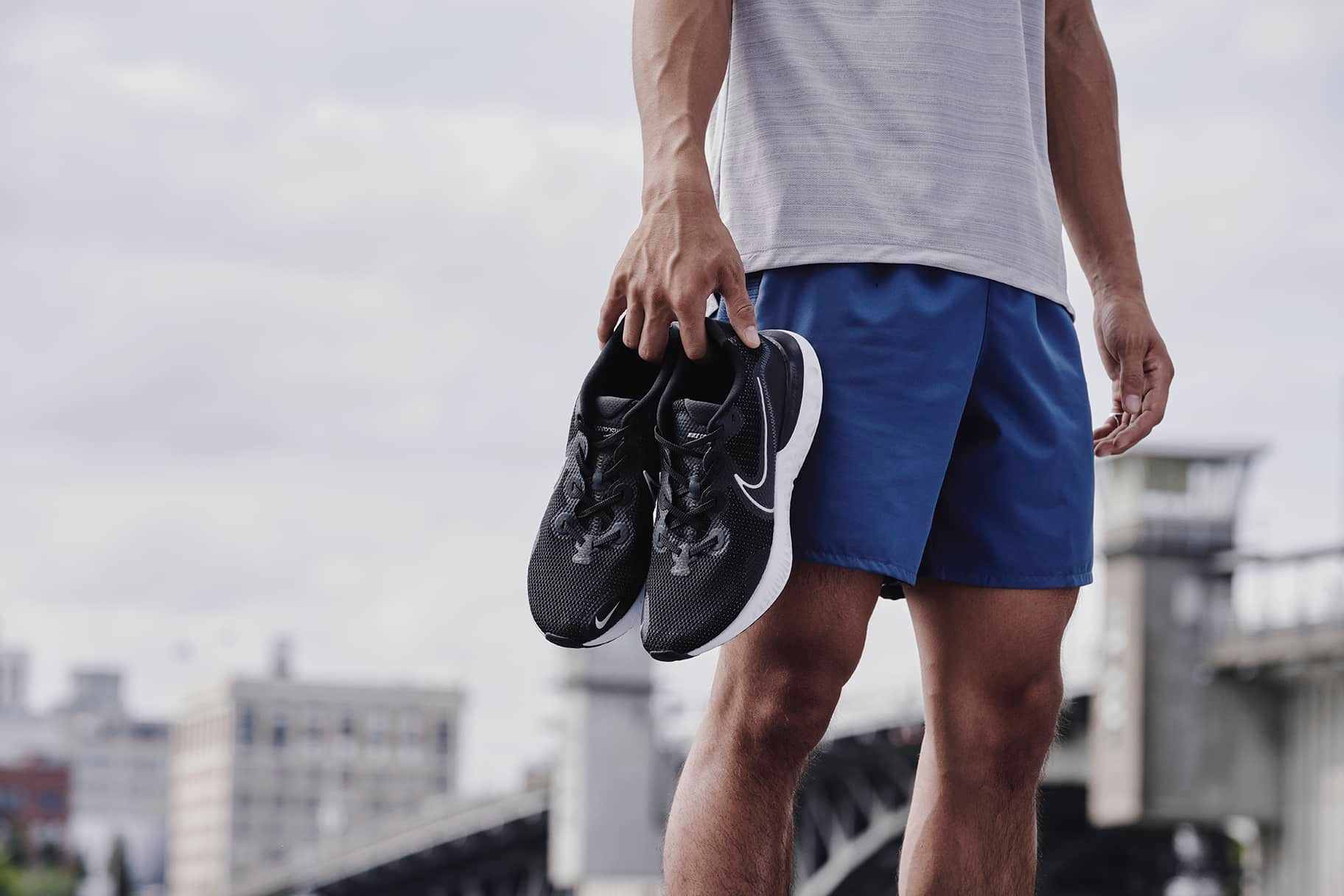
Are you thinking about starting a running program? If you’re 40 or older, you might wonder if now is the right time to get into a high-impact sport like running. Some people experience doubts about introducing a strenuous new fitness routine after 40, but don’t let those doubts get in the way of your fitness and training goals. There’s no better time to start jogging than today, regardless of your age.
10 Tips for Running in Your 40s, 50s, and Beyond
1. Connect With Your Healthcare Provider
If you haven’t exercised in a while, if you have a medical condition, or if you are completely new to exercise, it’s a good idea to talk to your healthcare provider before starting a running program. Your doctor can provide personalized guidelines to help you stay safe and healthy. For instance, if you are on medication, your doctor can tell you if it can affect your exercise heart rate. In some cases, your physician may suggest an exercise stress test to make sure your heart is healthy enough for vigorous activity.
2.Invest in Quality Gear
One of the reasons running can be such a great (and affordable) way to introduce fitness into your daily routine is because you don’t need lots of special equipment. The key is finding a good pair of running shoes that provide cushioning, fit your feet and accommodate your jogging style. If you’re new to running, you may want to visit a Nike store and get properly fitted, then test several pairs before choosing the shoes that are best for you.
You might also want to treat yourself to running apparel that will make your run even more comfortable, like gear made with moisture-wicking fabrics to help you stay dry as you log your miles, or running tights, which provide comfort and support while helping moderate body temperature. Eventually, you may decide to get more advanced gadgets like a GPS watch or water-resistant Bluetooth headphones, but you don’t need these things when you’re first starting out. It’s best to start with the basics.
3.Start Slowly and Build Gradually
Set yourself up for success by setting small, achievable goals. For instance, if you’ve never run before, make a plan to run two or three times per week for 10–20 minutes per workout. You may find that running consistently doesn’t feel great on your body right away. That’s OK! There are plenty of run/walk programs that can help you build your endurance by alternating between intervals of brisk walking and slow jogging. For instance, a beginner might start by walking for two minutes and running for one minute. Over time, you’ll decrease the walking interval and increase the running interval until you are jogging consistently.
You’ll also want to start each workout slowly. As we age, it’s important to give our bodies time to acclimate to new movements and exercises. Start your running workout with a brisk walk or slow jog for at least five minutes. Then gradually increase to the pace that feels right for your body. At the end of your workout, finish with a five-minute cool-down (either a walk or a slow jog) followed by running stretches to relax and wind down.
4.Follow a Plan
Search for structured plans online. Regardless of your ultimate goal, there is a training plan for you. Nike Run Club provides detailed programs for running a 5K, a 10K, a half marathon, and even for running a marathon. Need guidance from a pro? Download the Nike Run Club app and run with some of the best coaches and athletes, like Eliud Kipchoge, Shalane Flanagan and Mo Farah. After all, even these elite runners were once beginners in the sport. To find some great audio-guided runs for beginners, check out the Nike Run Club app’s “Get Started Collection, which includes the “First Run” and the “Next Run” – both approximately 20-minute audio-guided runs — to help you build confidence and momentum as you’re getting started.
5.Supplement with Strength Training
Simple strength training exercises can help you to get stronger and prevent injury as you build your running program. You don’t even need equipment. Bodyweight moves like squats, lunges and push-ups provide enough challenge and help to keep a runner's body in balance. You’ll also want to do core exercises, like planks, dead bugs or bridges. Studies have shown that strong core muscles can help you to run more effectively and efficiently.
6.Don’t Forget About Diet
Fueling up properly to power your runs is a key part of making sure you’re energized and ready to tackle the next starting line. Get the nutrients you need to support your increased activity level with carbohydrates like fruits, vegetables and whole grains, which are converted into glucose and eventually into the energy you need to keep your body moving mile after mile.
Protein from foods like nuts, poultry and eggs provides the building blocks you need to build and maintain muscle. And healthy fats, like those found in seeds and plant-based oils, help your body absorb important vitamins and protect your vital organs. If you feel sluggish on your runs, consider talking to a registered dietitian to make sure you're getting enough calories to support your new running routine.
7.Give Your Body a Break
Believe it or not, one of the best ways to make gains in a beginner running program is to schedule time when you’re not running. Recovery is an essential part of training and your body needs more time to recover as you age. Take time off with non-jogging days when you participate in lower impact cross-training activities like swimming, biking, rowing or yoga. You may also want to schedule one or two days per week to give your body full rest. Reward yourself with a massage or a restorative stretching class.
8.Cut Out Comparisons
For some, running is a competitive sport. It’s easy to compare yourself to others or to your younger self. But those comparisons can work against you. You’re not likely to stay motivated if you constantly feel like you are lagging behind. Research shows that our running biomechanics adjust and change with age. But that doesn’t mean that you can’t set and reach new fitness goals that challenge you. Studies have also shown that older “newcomers” to the sport can achieve high levels of performance through regular training.
9.Find Friends and Connect to a Community
Running with a group is a great way to stay motivated and connect with others who are also starting to run. You can train with other runners in person by finding a group through a running store, a gym or a community center, or check out a Nike + Run Club located in cities around the globe. Connect on social media or through the app. You might also consider setting up an individual challenge or connect with a community and be part of a global running team.
10.Have Fun
Nothing beats the exhilaration of crossing a finish line. Whether it’s your first race or your 100th, and regardless of your time, there’s nothing better than that sense of joy and pride when you finish an event. Bring this exhilaration to your everyday runs by giving yourself credit for every single accomplishment: a run around the block, your first treadmill run, your first mile, your first 5K or even your first marathon. Every run matters and each effort is a celebration of your progress.
Benefits of Running in Middle Age
It doesn’t matter if you are a beginner runner or a veteran with thousands of miles under your belt, running provides substantial health benefits — especially as we get older.
Research has shown that runners are likely to enjoy greater longevity than those who do not exercise regularly. Even if you just get out a few times per week, you reap rewards. One study found that running just 5-10 minutes per day at a slow pace is associated with markedly reduced risks of death from all causes and cardiovascular disease.
But the benefits don’t end there. Running can help to improve your mood and overall mental health, and it can also help you to lose weight and maintain weight loss, even if you are new to the sport. So why not give it a try? Lace up your shoes and head out for that first run. Before you know it, you’ll have come a long way toward making this new phase of life the best one yet.
